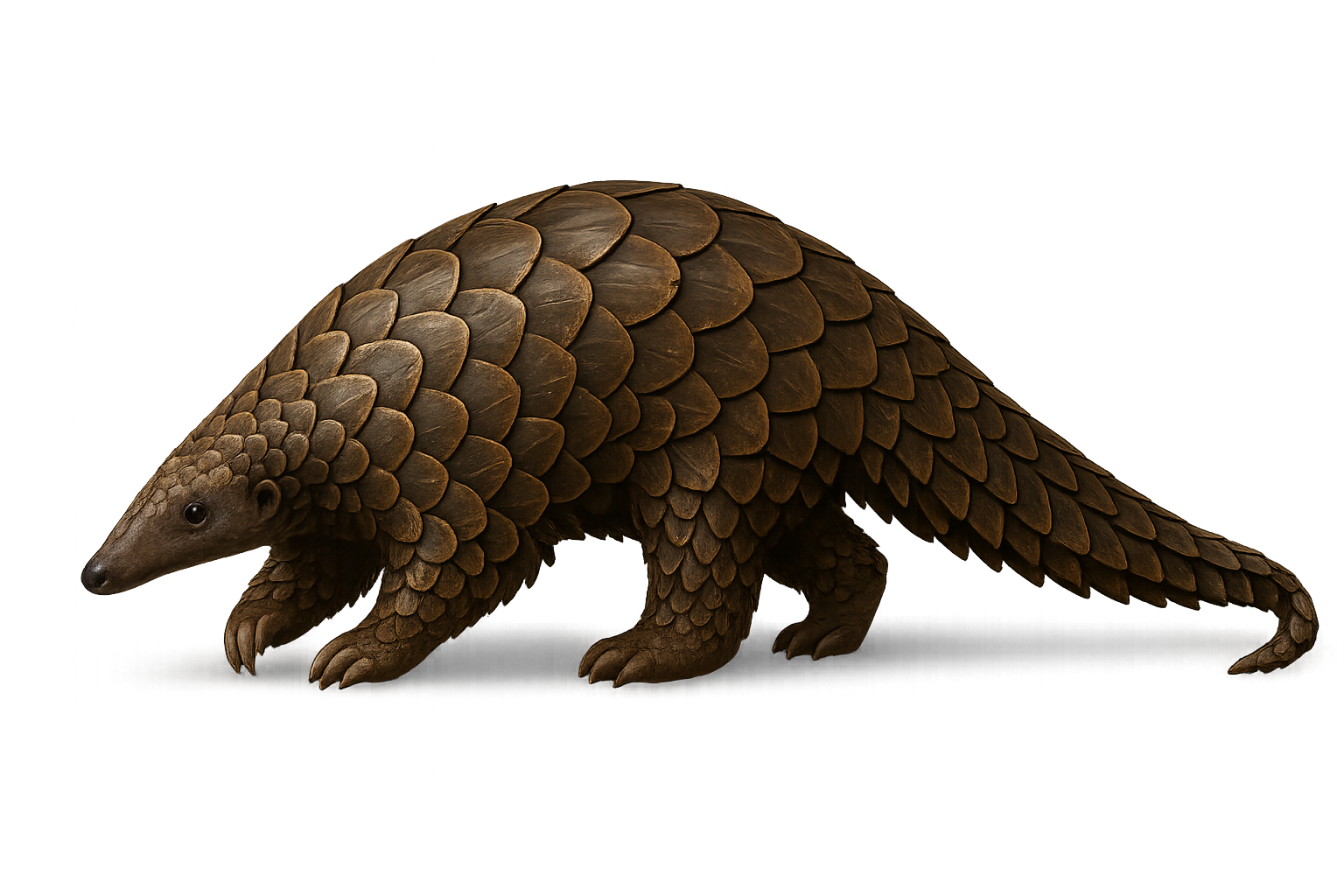Observe and photograph a species in its natural habitat
Learn where and when to observe a species in the wild, how to recognize it in the field, and what habitats it lives in. Get photography tips adapted to its behavior and capture stunning images without disturbing the animal. For full details, open the complete profile in the WildlifePhotographer app.
Giant Pangolin
Scientific name: Smutsia gigantea

IUCN Status: Vulnerable
Family: MANIDAE
Group: Mammals
Shyness: Suspicious
Safe distance: 60 m
Breeding season / Courtship: 01.01-31.12
Gestation: 70 à 140 jours
Births: 01.01-31.12
Habitat:
Dense forests and savannas of West Africa
Description:
The Giant Pangolin is the largest of the pangolin species, measuring between 1.2 and 1.5 meters in length, with a tail that can account for up to half of its total length. It weighs between 30 and 40 kg. This mammal, covered in large keratin scales, primarily lives in the forests of Central Africa, particularly in the Democratic Republic of the Congo and the Republic of the Congo. It is an excellent burrower and primarily feeds on termites and other insects, which it captures with its long tongue. The Giant Pangolin is a nocturnal and solitary species, using its powerful claws to dig burrows or open insect nests. Although its population is not well-known, the Giant Pangolin is threatened by deforestation, illegal hunting, and poaching for its scales, making it a vulnerable species.
Recommended lens:
>=300 mm
Photography tips:
Approach slowly and discreetly, as the giant pangolin is a nocturnal and shy animal that can curl into a ball to protect itself when threatened.
Photograph in low light conditions, using a large aperture lens to capture the animal in its natural environment during the night or at dusk.
Be patient and respectful: The giant pangolin spends a lot of time foraging for food, mainly termites, and can move slowly through its habitat. Wait for moments when the animal is more active and less on guard.
Respect its natural space: Avoid disturbing its behavior by keeping a reasonable distance and minimizing any noise or sudden movements.
The giant pangolin is a vulnerable species, due to poaching and habitat loss. It is crucial to respect its natural habitat and minimize disturbances. Follow local conservation guidelines to preserve this endangered species.
Ready to take action?
Choose your platform and start your free trial today



